Yanko Design - Latest Posts |  |
| Can A Tiny Company Compete With A Huge One? Posted: 31 Jul 2009 08:33 AM PDT I spent the first sixteen years of my career working for Polaroid Corporation starting out as a design engineer. It was one of the most progressive and technology-aware companies of the time. It was a wonderful place to develop a strong foundation, working with smart people, strong support and plenty of money to do things right. I had access to designers, quality and manufacturing experts, patent attorneys, model shops and market research, not to mention a great brand name and the excellent benefits that provided lots of stability. When I moved to Silicon Valley and went to work for a number of small startups my first reaction was wondering how these tiny companies had any chance of competing with large companies with resources such as Polaroid. But after working for and as a consultant with dozens of companies large and small, my opinion has changed radically. I now believe an entrepreneur with a small team can often compete successfully against a huge corporation. Why? In these times where innovation and fast-to-market are paramount, employees in many large companies are still risk-adverse. They value stability, and not rocking the boat. That's what the companies value and those traits often permeate the company. Those that buck the system are often thought of as troublemakers, not valued for their independence, and wanting to do things in a different way and eventually leave. As a result, there are fewer long time employees at large companies that are highly entrepreneurial. Of course there are exceptions. I've seen a few people in large companies become a strong product champion, put together a team on their own initiative to do what they thought needed to be done without asking for permission - just like working as a small company! Some companies now go out of the way to encourage this, setting up special teams and clear the way for important initiatives. But it's uncommon. Large companies tend to be less successful in creating breakthrough products or even products that might compete with their existing ones. The thinking is that would cannibalize their own line, not thinking that it would be worse for a competitor to do it. That happened with Polaroid and almost with Kodak with the invention of digital imaging. Large companies often develop silos with members vested in the perpetuation of their products or divisions They don't think of what's best for the company, they think of what's best for their silo and their own career. I've seen some organizations try to derail others in their company working on a product that competes with theirs. Sometimes they forget who the competition is. The best type of organization to get a product from concept to the consumer is a small, focused team made up of diverse skills. But most large organizations are organized functionally, making it difficult to move quickly, create a small team, and delegate decision making to it. Large companies often prefer to not take risks, because failing is embarrassing to them. It creates news, requires a PR effort to counter it, and puts management at risk. The financial market is still focused on quarterly profits and when there's a stumble at a big company it makes big news. But in fairness, large companies sometimes need to be more careful and methodical in making decisions. They're more susceptible to being sued by employees and outsiders, are responsible for the behavior of all of their employees, and are protective of a brand that may have taken decades to build up. That's why they've developed policies and procedures, created HR and legal departments. But when someone wants to take on a risky project to bring a product from concept to market quickly, they need to cut through this bureaucracy. Roadblocks suddenly appear everywhere from those parts of the organization that want to take the more methodical approach. Small companies, on the other hand, are much more flexible. They can turn on a dime, reorganize, hire, fire and make decisions in hours and not require the escalation required in large ones. Small organizations are more likely to think out of the box. If one thing doesn't work they'll try something else. They are not fighting the established ways of doing things that large companies often have institutionalized. One of the biggest advantages large companies have is access to the sales and distribution channels. That can be huge. But small companies can sometimes tap into these by using the large companies to sell their product. Small companies can also make use of the increasing ability to sell over the Web where they can be nearly as effective as large corporations. Editorial: Phil Baker Phil Baker is a product development consultant in Solana Beach, CA. He's worked for numerous product companies including Polaroid, Apple, and Seiko. He's an Ernst and Young Entrepreneur of the Year, holds 30 patents, a technology columnist for the San Diego Transcript and author of "From Concept to Consumer: How to turn ideas into money". His blog is www.philbakersblog.com and his email is pbaker@gmail.com. |
| Plastic Protection, BodyGuardz Review Posted: 31 Jul 2009 08:17 AM PDT Conscientious buyers are protective of their electronic gadgets, literally. I recently went on a friendly tirade about how ugly most protective coverings are. The only alternative as of now are from company’s like BodyGuardz who make scratch-proof resistant skins for all your electronic goodies. I asked to review the skin designed for the Nintendo DSlite. I figure the device’s deceivingly simple geometry would provide a better test subject. Just like other clear plastic skins on the market, you get a kit; carefully die-cut sheets for every side of the Nintendo DSlite. Installation is a bit scary for the uninitiated because you do use spray glue and any floating particles nearby become mortal enemies. Steady hands are a must and messing up even in the slightest will force you to start all over. Carefully clean the Nintendo DSlite so it’s free of dust and smudges. Take the glue which comes in a fine mist spray bottle and spray it all over your hands. Carefully peel off one of the sheets and spray both sides. Line it up and apply slowly. Use the supplied squeegee to push all the air bubbles out. Let it set for a few minutes before you start on the next section. A tip I have is to keep your hands soaked in the liquid. Trust me, it evaporates quickly and will help from trapping dust. The softly rounded corners provid a small challenge. Another tip is to wait a few minutes for the sheet to dry out and become tacky, then carefully roll it over the edges. The geometry of the Nintendo DSlite is pretty simple up top and sides. It is the bottom where things get tricky. The die-cut sheet looks more like a puzzle with openings for screws, the stylus pen and battery cover. You have to be really carefully and go slow. I must have tried 4 times before I realized my sheet didn’t exactly match the bottom of my DSlite. It was about 1 millimeter off, barely noticeable but definitely enough to annoy me to try again and again and again. The great thing is you can hardly tell there’s a skin on after it dries crystal clear. You would have to get in pretty close with a macro lens to even see where some of the die-cut work went. The bottom is a differently story. That 1 millimeter offset really makes a difference. You can clearly (no pun) see the bottom is not as seamless as the top. For me the two screens are the most important since they get the most abuse and thankfully the supplied sheets fit them to a tee. After a week’s use, the skin hasn’t peeled or discolored despite being tossed everywhere from the inside of my pocket to my bag. Tho installation was a bit complicated I’m glad I did it and would recommend this product to anyone looking for basic protection. The last thing I wanted was bulk so BodyGuardz are the perfect solution. They make skins for everything from phones to cameras too. Go check it out and let me know if you buy one. What we loved:
We could be improved:
Designer: BodyGuardz [ Buy it here ]
|
| You are subscribed to email updates from Yanko Design To stop receiving these emails, you may unsubscribe now. | Email delivery powered by Google |
| Google Inc., 20 West Kinzie, Chicago IL USA 60610 | |

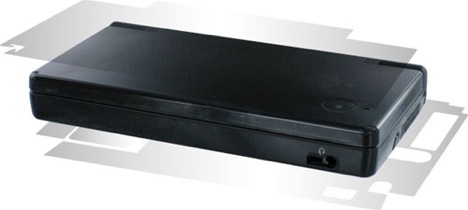
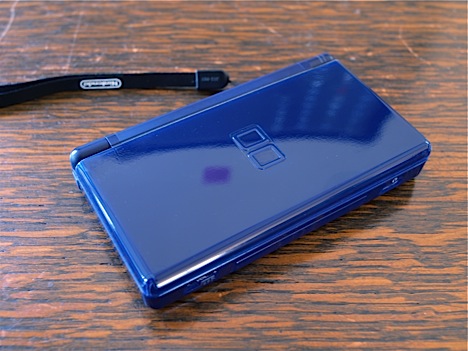
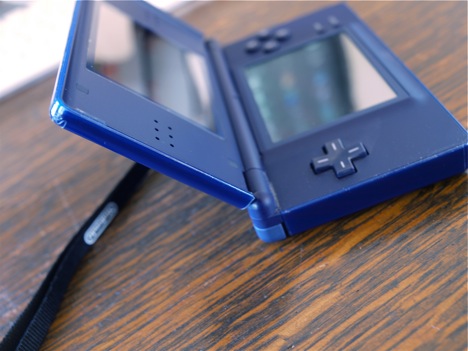
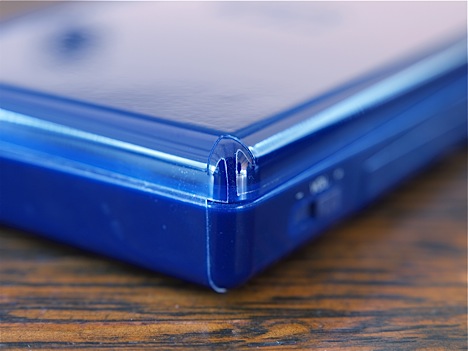
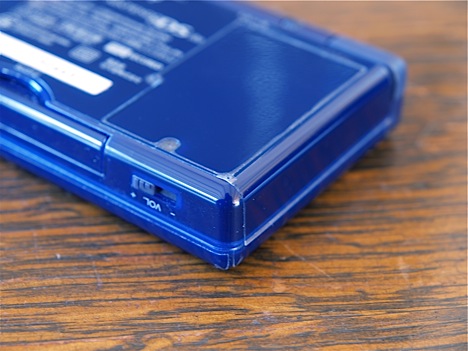
No comments:
Post a Comment